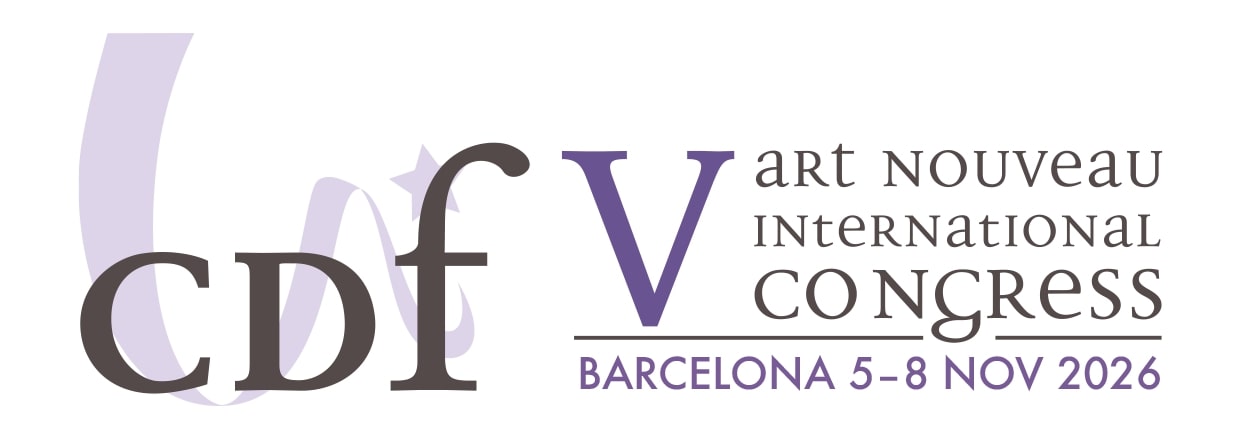He studied at the Barcelona School of Architecture from where he qualified as an architect in 1907.
His early work is related to the Modernista current in its use of materials and formal aspects seeking an interplay of volumes on the façades. An outstanding example of this early production are the Cases Auriga: Vil·la Elena and Vil·la José (1910-1911; Passeig de Canalies, 10 and 12, Sant Joan Despí).
In 1908 he answered a call by a friend of his, the industrialist Ramon Planiol, and went to Havana. There he also qualified as an architect and constructed the Notaries' Association and Ramon Planiol's residence, which is no longer standing. He then went to Mexico and the United States, where he worked mainly for construction companies making Spanish-style houses. Before he had finished working abroad, he returned to Barcelona where, in 1913, he started to receive commissions, such as the renovation and enlargement of the Monumental bullring (1915; Gran Via de les Corts Catalanes, 749), which he did in an Arabic-like style.
He was municipal architect of Sant Pol de Mar, where the buildings he constructed include The Schools (1910; Santa Clara), Casa del Dr. Roura and Can Planiol. Some of his Modernista work is in Sitges, such as, for example, Casa Bartomeu Carbonell (1913-1915; Cap de la Vila, 2), and in Barcelona Casa Joaquim Gorina (1918; Olzinelles, 14 i 16), a building in an eclectic style, is attributed to him.
In 1917 he set up a company, S.A. Constructores, and concentrated on formal exploration in the building of family homes. Shortly afterwards he started up a cement factory in Sant Joan de les Abadesses and in 1930 set up an artificial stone factory, American Concrete, with another architect, M. Rotllant, who had already worked with him in other companies.



 Architect and businessman
Architect and businessman

